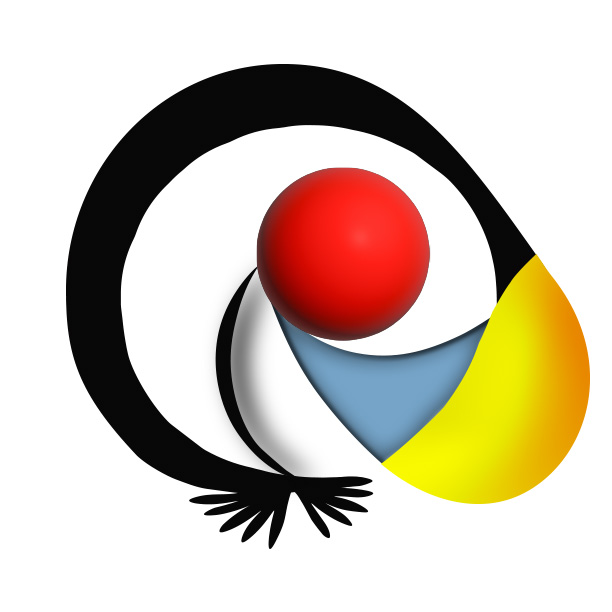In this blog post, I will explain the background of my two recent works, ‘Limburgish’ and ‘Languages’. These works have been created through historical research, the use of modern technology and dozens of quotes from distant and close friends. Using these tools, I investigate the relationship between language and identity. I would like to thank everyone for their contribution to this work.
‘Limburgish’ is a piece that delves into the construction of the Limburgish language. Before the Limburgish province or the Dutch nation existed, no one called Limburg Limburg. Therefore, no one acknowledged the Limburgish language. However, after the construction of the Dutch nation, people began to construct a Limburgish identity, and with it, a Limburgish language. In the mixed media piece, I used old maps found in linguistic research to map out the Limburgish language. It was fascinating to see how the language was constructed and began to resemble more and more the boundaries of the provinces of Limburg over time. I also incorporated research on the tonality and pronunciation of the language, as well as local Limburgish dictionaries.
In addition to these historical elements, I created my own font for the piece. The font uses music-note-inspired letters arranged on empty sheet music. Using these letters, I wrote quotes that my close group of Limburgish friends have said over the past decade. The quotes added a personal touch to the piece, and the music-note-inspired font represented the musicality of the language.
One of the most prominent features of ‘Limburgish’ is the fish shape in the outlines of the two Limburgs. The fish represents the in-between nature of Limburg, a region that lies on the border between Belgium, Germany, and the Netherlands. Just as the fish swims between the water, the Limburgish language can be seen as a mix between Dutch and German, with influences from French (and recently English) as well. The fish symbol will continue to appear in my future works as a symbol of Limburgish identity.

‘Languages’ is another mixed media piece that explores the fluidity of language and its democratic nature. The piece is a mix of printed media, oil paint and marker. I created several poems based on a mind map. I then used AI to turn these poems into prompts and used AI Image Creators to create around twenty images. These laid the fundaments for the rest of the work.
The central elements of ‘Languages’ is the use of water and fire. In the water ripples, one can read various quotes that I collected from my international friends. These quotes represent the diverse and dynamic nature of language – the beauty of language. The fire in the middle represents the powerful force behind languages. Language has the ability to create, destroy, and transform. Just like the Big Bang, language is sudden but unfolds over time.
Some examples of the quotes people sent me:
- мир = peace
- сонейка = sun, you can also call a person you love/care about this way
- Megszentségteleníthetetlenségeskedésetekért
- u har du skitit i det blå skåpet = now you have taken a shit in the blue cupboard
- Kaalekaffi = cold coffee
- Patate = Potato (Wallonian French)
- قل خيرا أو أصمت. = speak good or remain silent
- जिंदगी सस्ती है साहब, जीने के तरीके महंगे हैं। = life is cheap, it’s the way we live that’s expensive

‘Limburgish’ and ‘Languages’ entwine because, with the use of this symbolism, Limburgish is like a fish in water (an idiom in Dutch similar to the English idiom ‘like a duck to water’). Limburgish is part of a bigger whole, the everchanging totality of languages.
These works are part of a bigger series called ‘Village Life’. This series will examine the effects on the village by globalisation and will consist of six times two works. Each set of paintings will contradict each other’s meanings and create friction. I am planning to hold an exhibition with these works in the summer of 2023.
